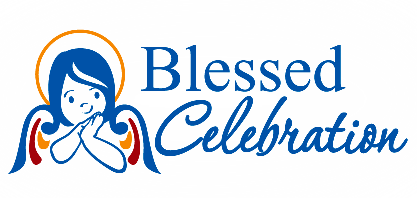Saint John of Climacus (Of Climax, Of the Ladder) Greek Orthodox Icon
Important Timing Note: These are handcrafted icons from Greece. Average turnaround time is 4 weeks. Please allow 2-5 weeks for delivery. If you are in a rush for the icon, please do not order this handmade item.
~~~
The icon reproductions are created by iconographer monks of various Greek Orthodox monasteries in Greece and all images are approved replications by the Greek Orthodox Church. As icons are considered to be the Gospel in image, these images are accurate and true Orthodox renderings, not second-hand interpretations.
These icon reproductions are prepared in the traditional Orthodox style: a fine detailed image is mounted on solid wood. The mounted image is covered with shellac to provide the luster of a traditional byzantine icon. The icon is then covered with multiple layers of varnish to coat the image with a protective layer that shields the colors from fading and protects from humidity. This Icon also has a hook on the back enabling it to be hung on walls.
These icons are a true Orthodox image approved by the Eastern Orthodox Archdiocese.
Iconographer: Sister Markella
Saint John of Climax, Saint John of Climacus, and Saint John of the Ladder are the same Saint.
He was a 6th–7th century Christian monk at the monastery of St. Catherine at Mount Sinai, best known for his spiritual work The Ladder of Divine Ascent — hence the name “of the Ladder” (Klimakos in Greek, from klimax, meaning "ladder"). The book outlines 30 steps of spiritual growth, likening the soul’s ascent toward God to climbing a ladder.
In Orthodox iconography, he is often depicted holding a ladder or pointing to one, with monks climbing it toward Christ at the top — some helped by angels, others being pulled down by demons. It's a vivid and powerful image of the spiritual journey.
Saint John was surnamed Chrysostom (Golden-mouth) because of his eloquence. He was born in Antioch the Great in the year 344 or 347 and gave up his soul to the Lord near Comana in Pontus, at the chapel of the Martyr Basiliscus, who had appeared to him shortly before, foretelling the day of his death, which came to pass on September 14, 407. His last words were Glory be to God for all things. He made exhaustive commentaries on the divine Scriptures and was the author of more works than any other Church Father, leaving us complete commentaries on the Book of Genesis, the Gospels of Saints Matthew and John, the Acts, and all the Epistles of Saint Paul. His extant works are 1,447 sermons and 240 epistles. Twenty-two teachers of the Church have written homilies of praise in his honor. Besides his feasts today and on January 27, he is celebrated as one of the Three Hierarchs on January 30, together with Saint Basil the Great and Saint Gregory the Theologian.



